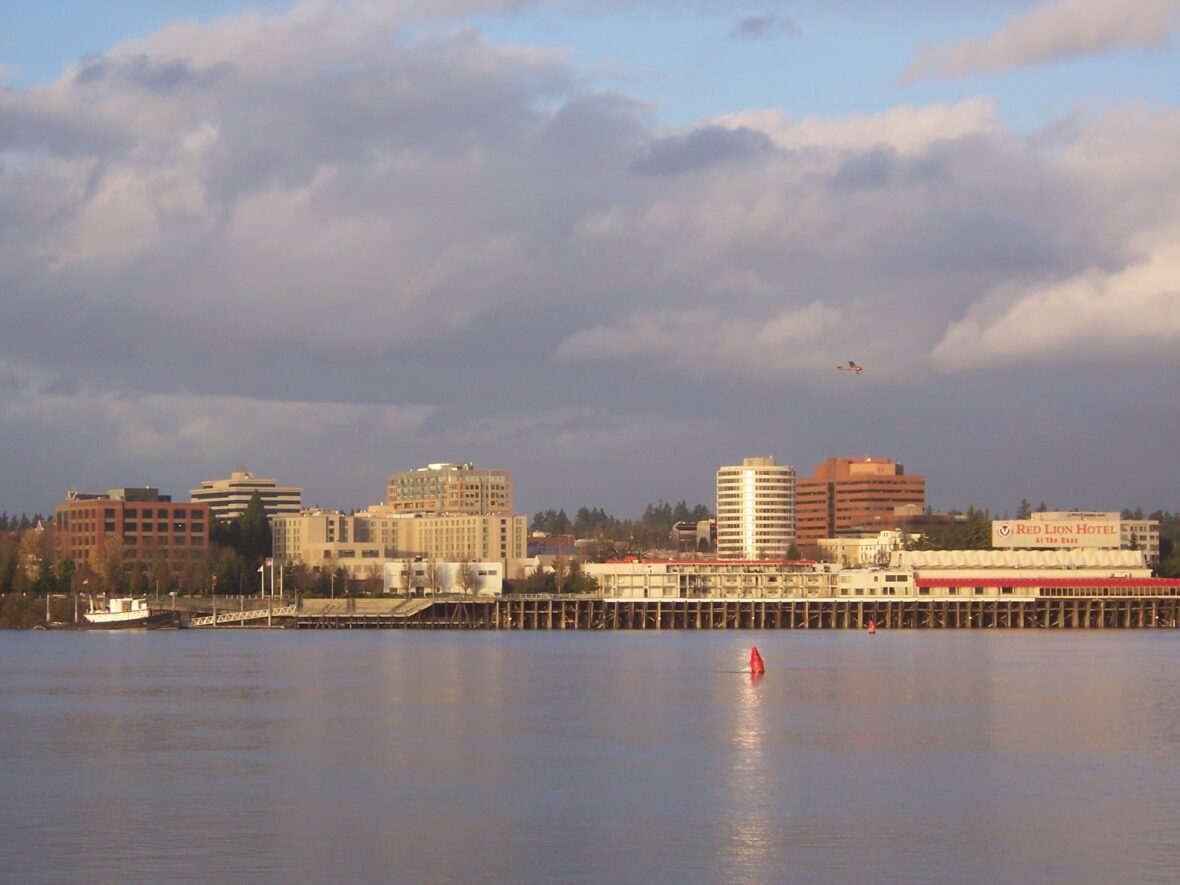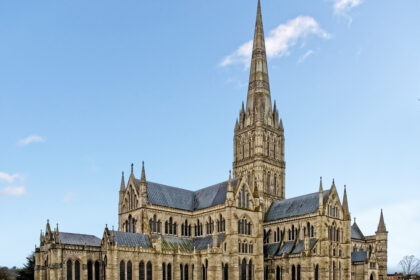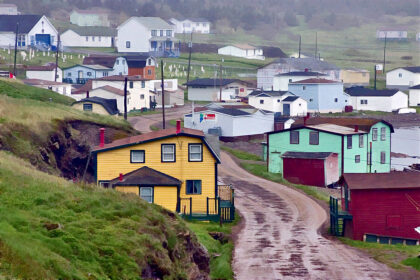Vancouver is a city on the north bank of the Columbia River in the U.S. state of Washington, located in Clark County. Incorporated in 1857, Vancouver had a population of 161,791 as of the 2010 U.S. census, and a population of 186,192 as of the 2020 U.S census, making it the fourth-largest city in Washington state. Take a look below for 25 fun and fascinating facts about Vancouver, Washington, United States.
1. Vancouver is the county seat of Clark County and forms part of the Portland-Vancouver metropolitan area, the 25th largest metropolitan area in the United States.
2. Originally established in 1825 around Fort Vancouver, a fur-trading outpost, the city is located on the Washington–Oregon border along the Columbia River, directly north of Portland.
3. Vancouver shares its name with the larger city of Vancouver in southern British Columbia, Canada, approximately 300 mi (480 km) to the north.
4. Both cities were named after sea captain George Vancouver, but the American city is older.
5. Vancouver, British Columbia, was incorporated 29 years after the incorporation of Vancouver, Washington, and more than 60 years after the name Vancouver was first used in reference to the historic Fort Vancouver trading post on the Columbia River.
6. City officials have periodically suggested changing the U.S. city’s name to Fort Vancouver to reduce confusion with its larger and better-known northern neighbor.
7. Many Pacific Northwest residents distinguish between the two cities by referring to the Canadian city as “Vancouver, B.C.” and the United States city as “Vancouver, Washington,” or “Vancouver, USA.”
8. Local nicknames include “Vantucky” (though this is often used as a derogatory term) and “The ‘Couv(e)”.
9. The Vancouver area was inhabited by a variety of Native American tribes, most recently the Chinook and Klickitat nations, with permanent settlements of timber longhouses.
10. The Chinookan and Klickitat names for the area were reportedly Skit-so-to-ho and Ala-si-kas, respectively, meaning “land of the mud-turtles”.
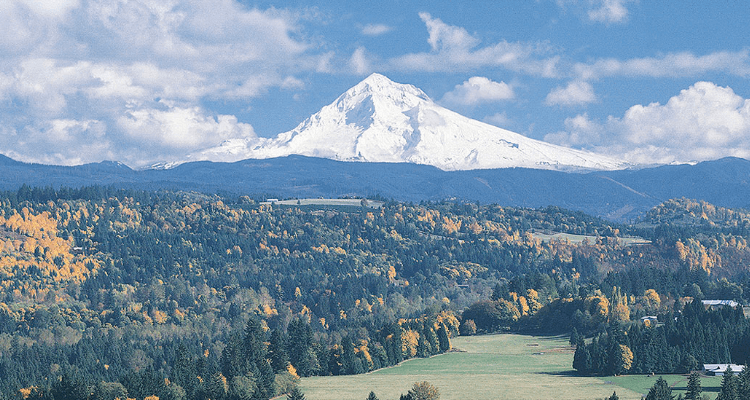
11. First European contact was made by William Robert Broughton in 1792, with approximately half of the indigenous population dead from smallpox before the Lewis and Clark Expedition camped in the area in 1806.
12. Within another fifty years, other actions and diseases such as measles, malaria and influenza had reduced the Chinookan population from an estimated 80,000 “to a few dozen refugees, landless, slaveless and swindled out of a treaty”.
13. Meriwether Lewis wrote that the Vancouver area was “the only desired situation for settlement west of the Rocky Mountains.” The first permanent European settlement did not occur until 1824, when Fort Vancouver was established as a fur trading post of the Hudson’s Bay Company.
14. From that time on, the area was settled by both the US and Britain under a “joint occupation” agreement. Joint occupation led to the Oregon boundary dispute and ended on June 15, 1846, with the signing of the Oregon Treaty, which gave the United States full control of the area. Before 1845, American Henry Williamson laid out a large claim west of the Hudson’s Bay Company (including part of the present-day Port of Vancouver), called Vancouver City and properly registered his claim at the U.S. courthouse in Oregon City, before leaving for California.
15. In 1848, Williamson had it surveyed and platted by Peter Crawford. In 1850, Amos Short traced over the claim of Williamson and named the town Columbia City.[23] It changed to Vancouver in 1855. The City of Vancouver was incorporated on January 23, 1857.
16. Based on an act in the 1859–60 legislature, Vancouver was briefly the capital of Washington Territory, before capital status was returned to Olympia, Washington by a 2–1 ruling of the territory’s supreme court, in accordance with Isaac Stevens’ preference and concern that proximity to the border with Oregon might give some of the state’s influence away to Oregon.
17. U.S. Army Captain (and future President) Ulysses S. Grant was quartermaster at what was then known as Columbia Barracks for 15 months beginning in September 1852. Soon after leaving Vancouver, he resigned from the army and did not serve again until the outbreak of the American Civil War.
18. Other notable generals to have served in Vancouver include George B. McClellan, Philip Sheridan, Oliver O. Howard and 1953 Nobel Peace Prize recipient George Marshall.
19. Army presence in Vancouver was very strong, as the Department of the Columbia built and moved to Vancouver Barracks, the military reservation for which stretched from the river to what is currently Fourth Plain Boulevard and was the largest Army base in the region until surpassed by Fort Lewis, 120 miles (190 km) to the north. Built on the old company gardens and skirmish range, Pearson Army Field (later Pearson Field) was a key facility, and at one point the US Army Signal Corps operated the largest spruce cut-up plant in the world to provide much-needed wood for airplanes.
20. Vancouver became the end point for two ultra-long flights from Moscow, USSR, over the North Pole. The first of these flights was performed by Valery Chkalov in 1937 on a Tupolev ANT-25RD airplane. Chkalov was originally scheduled to land at an airstrip in nearby Portland, Oregon, but redirected at the last minute to Vancouver’s Pearson Airfield. On 20 June 1975 a monument was dedicated to the event near Highway 14, then moved to Pearson Field in 1987. A major street still bears his name in east Vancouver.
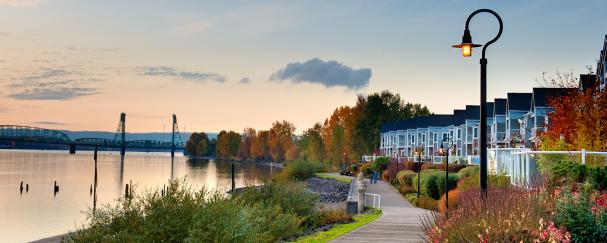
21. The neighborhood of Sifton was the terminus of an early electric trolley operated by the Northcoast Power Company that also served nearby Orchards from 1910 until 1926. The trolleys made ten stops and ran once per hour, charging 15 cents each way. A mural in the heart of Orchards depicts the trolley and the rural character of the area at the time it was operating. The community was named after Doctor Sifton, a promoter of the trolley service.
22. According to the archives of the Vancouver Columbian newspaper, the Orchards-Sifton route went along Vancouver’s Main Street to 26th, then out 26th to K Street and thence north to 33rd. From there, it ran on 33rd over Burnt Bridge Creek and past the city limits. At that point the trolley became more like a regular train as it followed a cut through the wilderness. Few houses were seen between Vancouver and Orchards. The public’s preference for motor cars in the 1920s heralded the end of the trolley.
23. Separated from Oregon until 1917, when the Interstate Bridge began to replace ferries, Vancouver had three shipyards just downstream which produced ships for World War I before World War II brought an enormous economic boom. An Alcoa aluminum plant opened on September 2, 1940, using inexpensive power from the nearby New Deal hydropower turbines at Bonneville Dam. After the bombing of Pearl Harbor, Henry Kaiser opened a shipyard next to the U.S. Army base, which by 1944 employed as many as 36,000 people in a twenty-four hours a day, seven days a week production of Liberty ships, landing ship tanks, and escort carriers.
24. This influx of shipyard workers boosted the population from 18,000 to over 80,000 in just a few months, leading to the creation of the Vancouver Housing Authority and six new residential developments: Fruit Valley, Fourth Plain Village, Bagley Downs, Ogden Meadows, Burton Homes and McLoughlin Heights. Each of these was later incorporated into the city, and are well-known neighborhoods, while the neighboring “shipyard city” of Vanport, Oregon, would be destroyed by the Memorial Day flood of 1948.
25. Vancouver has recently experienced conflicts with other Clark County communities because of rapid growth in the area. The city’s first annexation more than doubled its size in 1909, with the largest annexation of 1997 adding 11,258 acres (45.56 km2) and 58,171 residents. As a result of urban growth and the 1997 annexation, Vancouver is often thought of as split between two areas, East and West Vancouver, divided by NE Andresen Road. West Vancouver is home to downtown Vancouver and some of the more historical parts of the city, as well as recent high-density mixed-use development. East Vancouver includes the communities of Cascade Park East and West, which had populations of 6,996 and 6,956 in 1990 before annexation.

